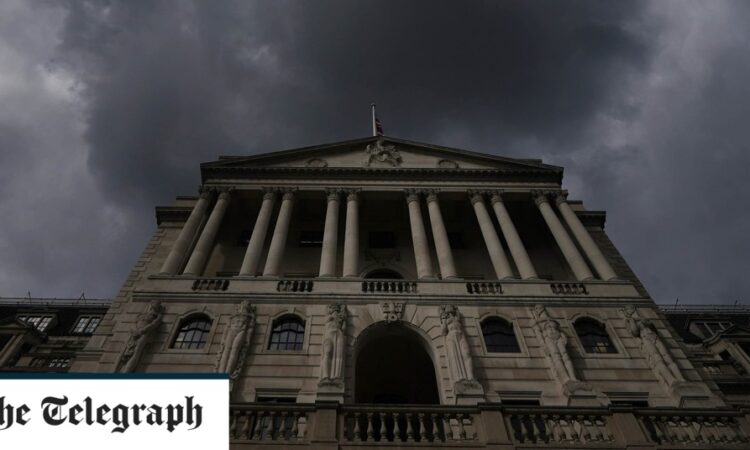
I don’t want to belittle the nature of today’s mortgage rate crisis. Many households are looking at real hardship.
The Left-leaning Resolution Foundation think tank calculates that 800,000 households forced to remortgage next year face an average £2,900 per annum rise in their mortgage bills.
Others have pencilled in even larger estimates. And for many households, the mortgage crunch has already arrived.
According to the Bank of England, some 1.3 million households will reach the end of their fixed-rate term between the second quarter of 2023 and the end of the year.
Adding these two numbers together, you get to just over two million mortgages involving extra costs of around £6bn a year.
This is admittedly a big drain on people’s disposable income, but at little more than 0.2pc of GDP, it is not in itself enough to cause a serious recession.
The Resolution Foundation goes further and extrapolates that annual mortgage repayments are on track to be £15.8bn a year higher by 2026, which would represent a rather chunkier 0.6pc of GDP. But for that to happen, mortgage rates would need to remain elevated until then, which doesn’t seem likely.
Furthermore, this is not money that disappears into a blackhole. Higher lending rates involve a certain amount of redistribution away from household borrowers to net cash savers, the latter of which are still by far the larger group.
Most owner-occupiers already own their properties outright, so will be completely unaffected by changing interest rates.
The share of homeowners with a mortgage has fallen to just 30pc, against around 40pc in the early 1990s. The pain is therefore concentrated in a much smaller group of people proportionately.
New affordability rules introduced after the financial crisis, moreover, require lenders to ensure their mortgage borrowers are capable of weathering an increase in mortgage rates of at least 3 percentage points, which is roughly where we are as things stand, with the average five year fix having risen from 3.2pc a year ago to 5.2pc today, according to the Rightmove mortgage tracker index.
Many households face a challenging period of belt-tightening, in other words, but in terms of negative equity and repossessions, things do not so far look anywhere near as bleak as they did in the early 1990s.
Besides, banks and building societies are under intense political pressure to show forbearance, by allowing mortgages to be extended, arrears to accumulate and borrowers to swap onto interest-only deals.
Nor do banks want to see another explosion in bad debt experience after the near-death experience of the banking crisis 15 years ago. Kid gloves will therefore be widely applied to distressed borrowers.
Stress testing of the resilience of the banking system to economic shocks last year war gamed Bank Rate rising to around 6pc, which is at the high end of where markets now expect it to end up. So on interest rates at least, banks are already worrying close to the extreme scenario tested for.






